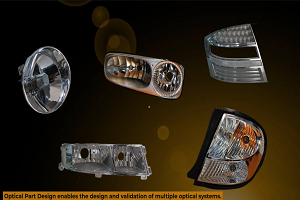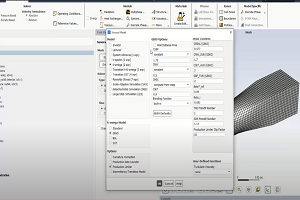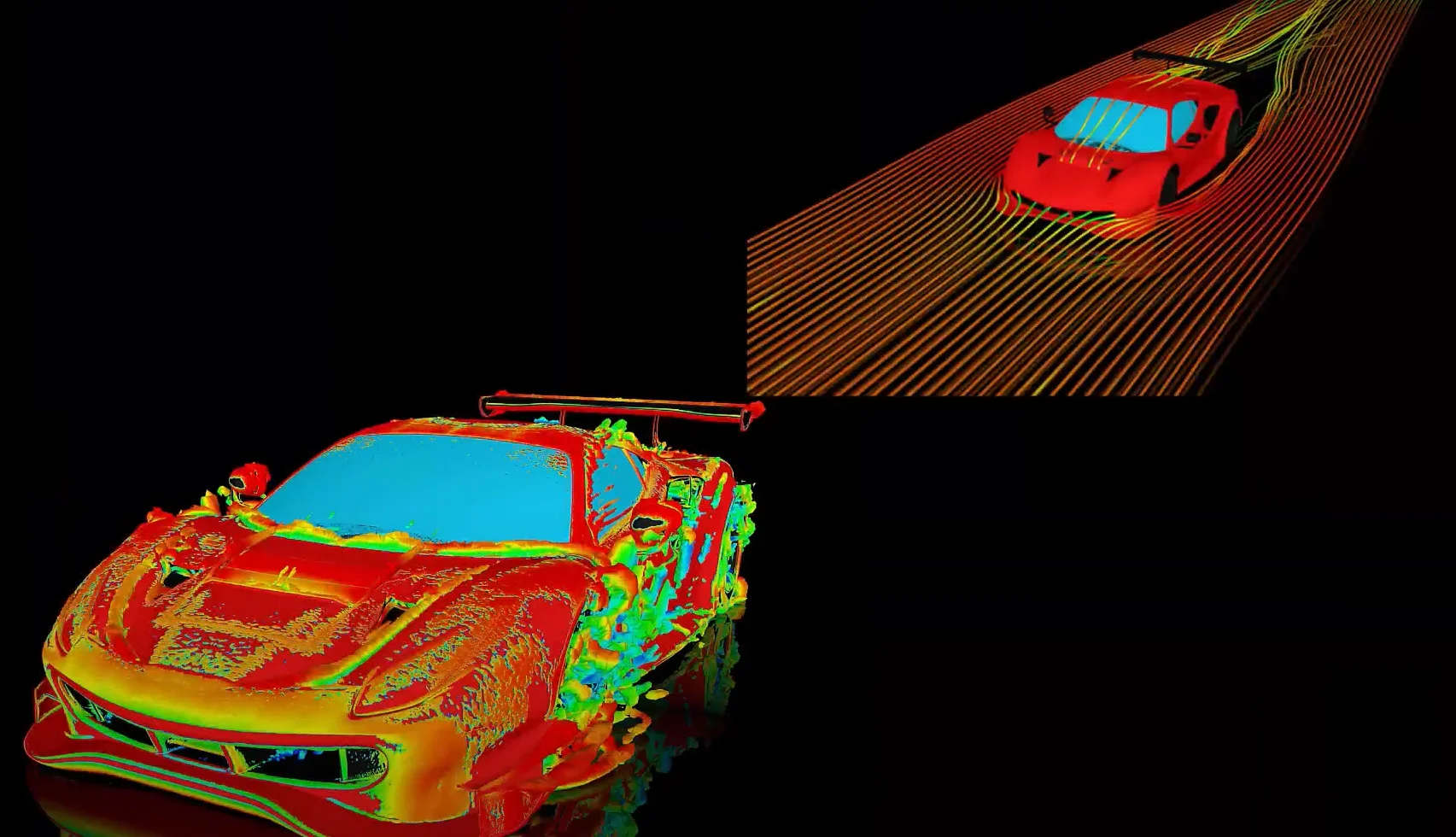-
-
March 17, 2023 at 9:00 am
 FAQParticipant
FAQParticipant“Isochronous†in this context refers to curves of stress vs strain at different times in the relaxation history. The use of Isochronous stress-strain curves offers a conservative and simplified alternative to performing a full blown rate dependent creep analysis. The general recommendation is that if user already has a series of creep vs relaxation time data for different stress values and he can get a good curve fit with one of our standard creep material options, there is no need to convert this data into isochronous curves of stress vs strain . We cannot represent creep behavior directly in ANSYS from Isochronous stress-strain curves at different times. The use of these isochronous curves in a more conservative rate independent analysis might have some merit when the above recommendation is not possible, but it is an engineering judgment on the user’s part as to the validity of this approach. Refer also to ASME PV&P Div Conference paper PVP2011-57130, Isochronous Stress/Strain Curves-Origins, Scope and Appllication by Douglas Marriott July 17,2011.
-


Introducing Ansys Electronics Desktop on Ansys Cloud
The Watch & Learn video article provides an overview of cloud computing from Electronics Desktop and details the product licenses and subscriptions to ANSYS Cloud Service that are...

How to Create a Reflector for a Center High-Mounted Stop Lamp (CHMSL)
This video article demonstrates how to create a reflector for a center high-mounted stop lamp. Optical Part design in Ansys SPEOS enables the design and validation of multiple...

Introducing the GEKO Turbulence Model in Ansys Fluent
The GEKO (GEneralized K-Omega) turbulence model offers a flexible, robust, general-purpose approach to RANS turbulence modeling. Introducing 2 videos: Part 1 provides background information on the model and a...

Postprocessing on Ansys EnSight
This video demonstrates exporting data from Fluent in EnSight Case Gold format, and it reviews the basic postprocessing capabilities of EnSight.

- Question: What is the difference between PLNSOL, EPPL, EQV and PLNSOL,NL,EPEQ?
- How to use layered section to simulate composites and post process the results in ANSYS Mechanical
- Guidelines of modeling a gasket.
- For the stress-life fatigue method, how are the Goodman and Gerber mean stress theories used to modify the calculated stress amplitude in the Workbench Fatigue Module?
- ANSYS Mechanical: Delamination Analysis using Contact Debonding
- Why is the unit of the elastic foundation stiffness N/m^3?
- How do I move a material property from Engineering Data to an existing Material Library?
- Hyperelastic Simulations
- What are Isochronous stress-strain curves? How can they be used in ANSYS for modeling creep?
- How do I enter major Poisson’s ratio in ANSYS Mechanical?

© 2026 Copyright ANSYS, Inc. All rights reserved.

